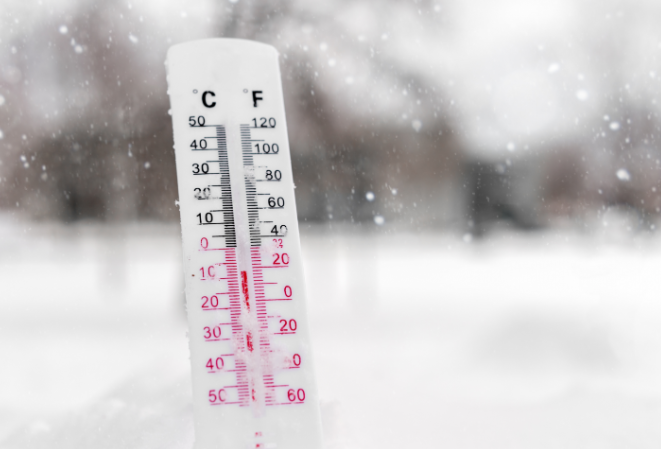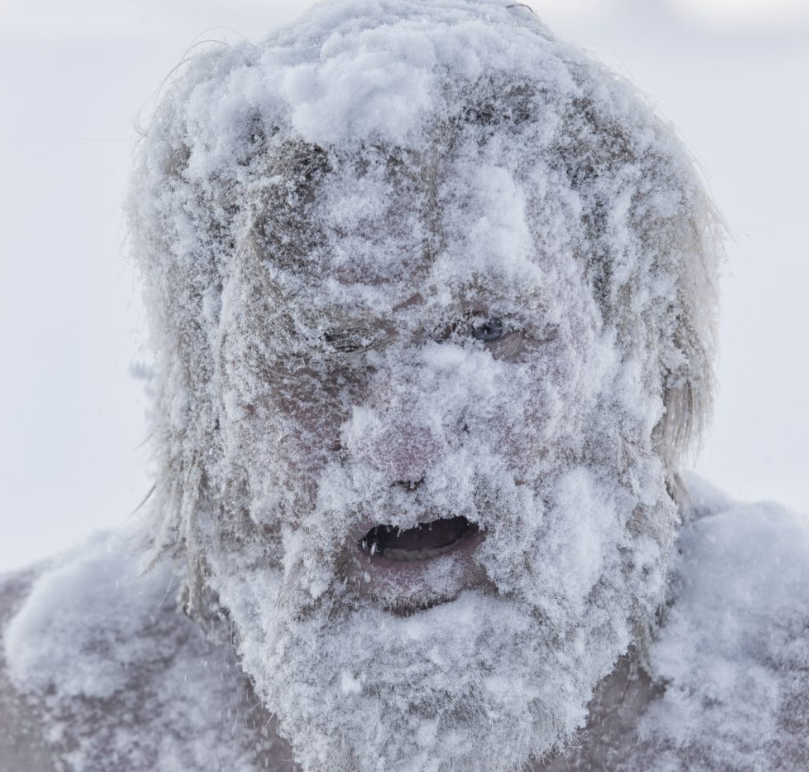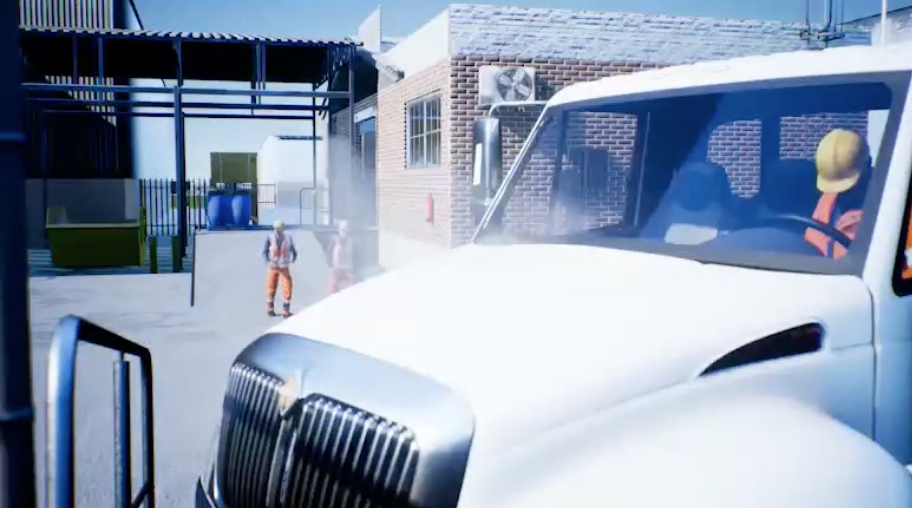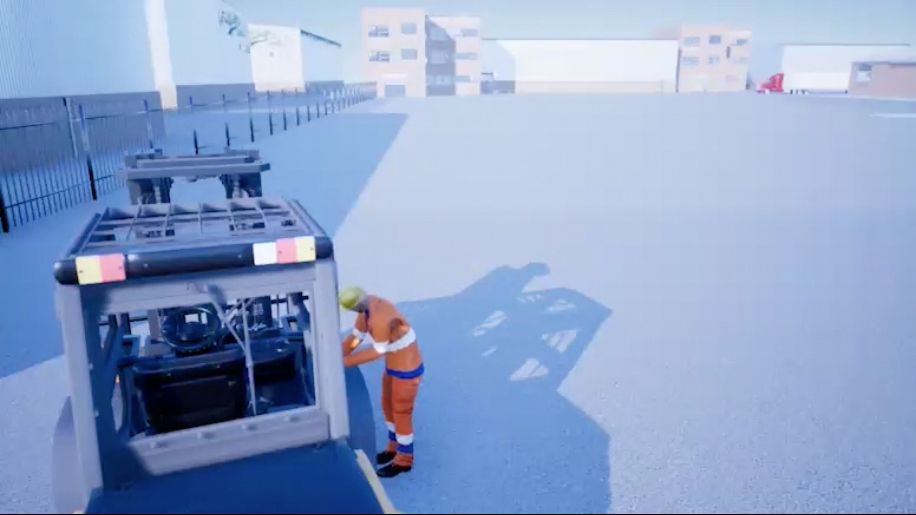When the body is unable to warm itself, cold related stress may result. This may include tissue damage and possibly death.
Cold Stress
Original price was: $11.99.$9.99Current price is: $9.99.
Description
Cold stress is a common hazard in emergency response activities such as natural disasters. Workers in this line of work may be required to work in cold environments for extended periods. The following frequently asked questions will help employees facing a hazardous situation be aware of what cold stress is, how it may affect their health and safety, and how it can be prevented.
How cold is too cold?
When the body is unable to warm itself, cold related stress may result. This may include tissue damage and possibly death.
Four contributing factors:
- Cold Air Temperatures
- High Velocity Air Movement
- Dampness of the Air
- Contact with Cold Water or Surfaces
Wind chill is the combination of air temperature and wind speed. For example, when the air temperature is 40°F, and the wind speed is 35 mph, your exposed skin receives conditions equivalent to the air temperature being 11° F. While it is obvious that below freezing conditions combined with inadequate clothing could bring about cold stress, it is also important to understand that it can also be brought about by temperatures in the 50’s coupled with some rain and wind.
How does the body react to cold conditions?
A cold environment forces the body to work harder to maintain its temperature. When in a cold environment, most of your body’s energy is used to keep your internal temperature warm, since cold air, water, and snow all draw heat from the body. Over time, your body will begin to shift blood flow from your extremities (hands, feet, arms, and legs) and outer skin to the core (chest and abdomen). This allows exposed skin and the extremities to cool rapidly. Older workers may be at more risk than younger ones, since older people are not able to generate heat as quickly. Medications such as anti-depressants, sedatives and tranquilizers may prevent the body from generating heat normally.
What are the most common cold induced problems?
Hypothermia
Hypothermia occurs when body heat is lost faster than it can be replaced. When the core body temperature drops below the normal 98.6° F to around 95° F, workers experience an onset of symptoms.
Hypothermia Symptoms
- The worker may begin to shiver and stomp their feet in order to generate heat.
- Workers may lose coordination, have slurred speech, and fumble with items in the hand.
- Skin will likely turn pale and cold.
- As the body temperature continues to fall these symptoms will worsen and shivering will stop.
- Workers may be unable to walk or stand. Once the body temperature falls to around 85° F severe hypothermia will develop and the person may become unconscious, and at 78° the person could die.
Mild Hypothermia Treatment
- Move to a warm area and stay active.
- Remove wet clothes and replace with dry clothes or blankets, cover the head.
- Drink a warm (not hot) sugary drink to promote metabolism and assist in raising internal core temperature
- Avoid drinks with caffeine.
Severe Hypothermia Treatment
- Do all of the above.
- Contact emergency medical personnel – Call 911 for an ambulance
- Cover all extremities completely, place very warm objects, such as hot packs or water bottles, on the victim’s head, neck, chest and groin. Arms and legs should be warmed last.
- Treat the worker very gently and do not apply external heat to re-warm.
- Hospital treatment is required.
If a worker is in the water and unable to exit, secure collars, belts, hoods, etc. in an attempt to maintain warmer water against the body. Move all extremities as close to the torso as possible to conserve body heat.
Frostbite
Frostbite occurs when the skin actually freezes and loses water. In severe cases, amputation of the frostbitten area may be required. While frostbite usually occurs when the temperatures are 30° F or lower, wind chill factors can allow frostbite to occur in above freezing temperatures. Frostbite typically affects the extremities, particularly the feet and hands.
Frostbite Symptoms
- The affected body part will be cold, tingling, stinging or aching followed by numbness.
- Skin color turns red, then purple, then white, and is cold to the touch.
- There may be blisters in severe cases.
Frostbite Treatment
- Do not rub the area to warm it.
- Wrap the area in a soft cloth, move the worker to a warm area, and contact medical personnel.
- Do not leave the worker alone.
- Do not pour water on the affected body part. If there is a chance that the affected part will get cold again do not warm. Warming and re-cooling will cause severe tissue damage.
Trench Foot
Trench foot or immersion foot is caused by having feet immersed in cold water at temperatures above freezing for long periods of time. It is similar to frostbite, but considered less severe.
Trench Foot Symptoms
- Tingling, itching or burning sensation
- Blisters may be present
Trench Foot Treatment
- Soak feet in warm water, then wrap with dry cloth bandages.
- Drink a warm, sugary drink.
What preventive measures should workers take?
Employers and employees must plan for work in cold weather. Keep the following recommendations in mind when working in cold environments:
Protective clothing is the most important way to avoid cold stress. The type of fabric also makes a difference. Keep the following recommendations in mind when working in cold environments:
- Wear at least three layers of clothing. An inner layer of wool, silk or synthetic to wick moisture away from the body. A middle layer of wool or synthetic to provide insulation even when wet. An outer wind and rain protection layer that allows some ventilation to prevent overheating.
- Wear a hat or hood. Up to 40% of body heat can be lost when the head is left exposed.
- Wear insulated boots or other footwear.
- Keep a change of dry clothing available in case work clothes become wet.
- With the exception of the wicking layer, do not wear tight clothing. Loose clothing allows better ventilation of heat away from the body.
- Do not underestimate the wetting effects of perspiration. Oftentimes wicking and venting of the body’s sweat and heat are more important than protecting from rain or snow.
Drink plenty of liquids. It is easy to become dehydrated in cold weather.
- Avoid caffeine and alcohol.
- Perform heavy work during the warmer parts of the day.
- Use the buddy system to keep an eye on each other and watch for signs of cold stress.
- Avoid fatigue since energy is needed to keep muscles warm.
- Take frequent breaks and consume warm, high calorie food and complex carbohydrates to maintain energy reserves.
Control temperatures as much as possible.
- Shielding work areas from drafts or wind will reduce wind chill.
- Use insulating material on equipment handles, especially metal handles, when temperatures drop below 30° F.
- Use heaters to warm workers.
Increase safety awareness with training. Disseminating vital information on cold stress recognition and treatment is important.
- Supervisors, workers and coworkers should watch for signs of cold stress and allow workers to interrupt their work if they are extremely uncomfortable.
- Supervisors should ensure that work schedules allow appropriate rest periods and ensure liquids are available.
- Supervisors should use appropriate engineering controls, personal protective equipment and work practices to reduce the risk of cold stress.
- All of prevention measures should be incorporated into the relevant health and safety training plans.
Why SafetyNow?
Not all training is equal. With SafetyNow, learners and leaders will notice the difference in value:
- Quality: Professionally-researched and designed using the latest mobile and responsive technologies
- Convenience: Works instantly on any device, desktop or mobile
- Time savings: What learners need to know, not extra fluff or legalese
- Reporting: Consistent, instant compliance records available anytime
- Support: Customer and learner support included at no charge
- Knowing the hazards of working in cold environments including physical signs, symptoms, and treatments.
- Recalling ways to protect against cold stresses, including observing environmental protections, undertaking other preparations and practices, and dressing appropriately.
- Any Learning Management System (LMS) Use with any SCORM, AICC, xAPI, TinCan, HTML5, or other LMS (learning management system).
- Any Device Desktop, laptop, tablet, or mobile phone – it simply works, everywhere.
- Engaging Professionally-developed, including an on-screen host and modern, easy-to-understand text, media, and voiceovers.
- Unlimited Attempts Each module can be taken as many times as required to get a passing grade. Unlike our competitor’s courses, if you get an answer wrong, you are redirected to the exact eLearning segment you struggled with… you don’t need to go through the entire module again, just the one part you need a refresher on.
Only logged in customers who have purchased this product may leave a review.

















Reviews
There are no reviews yet.